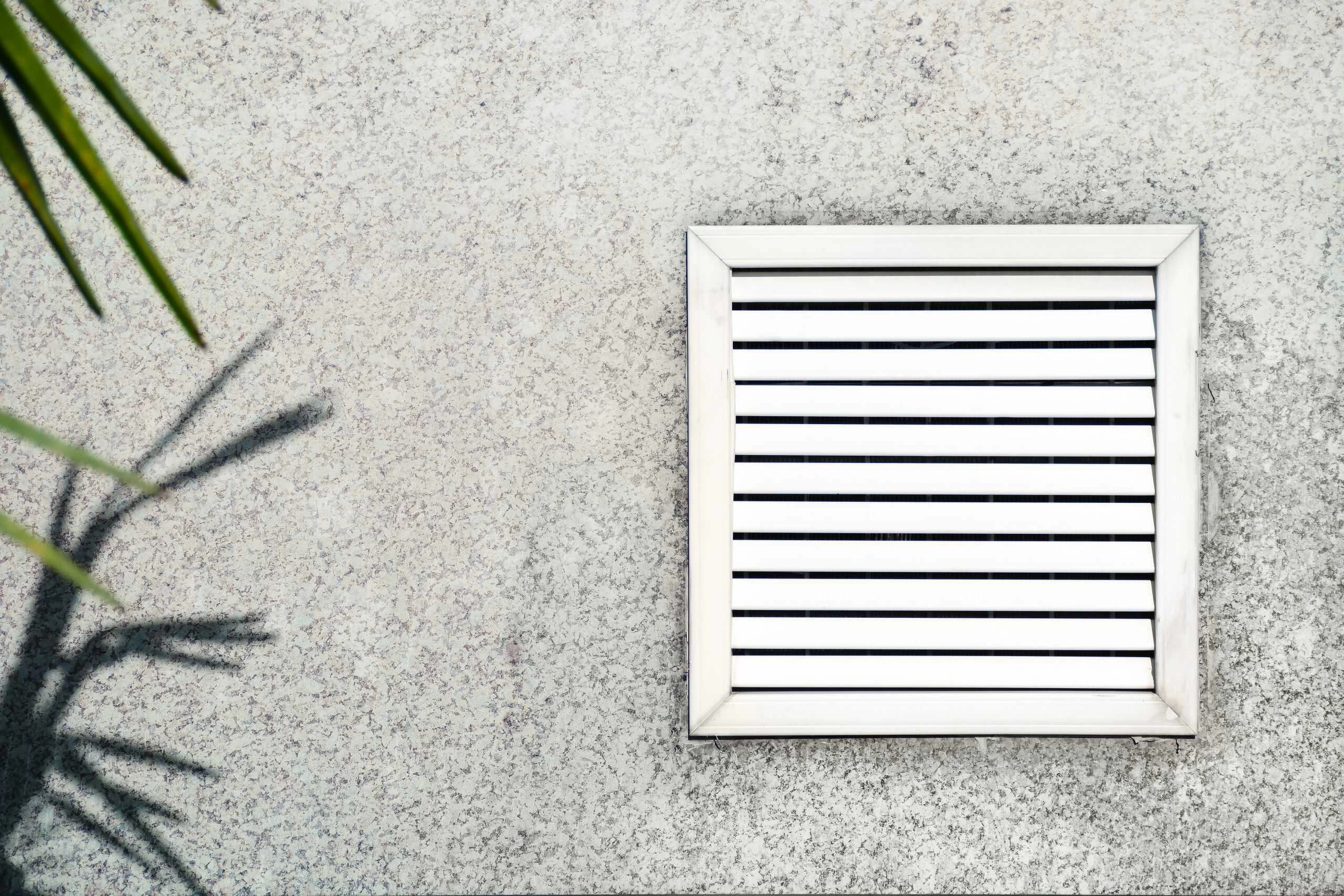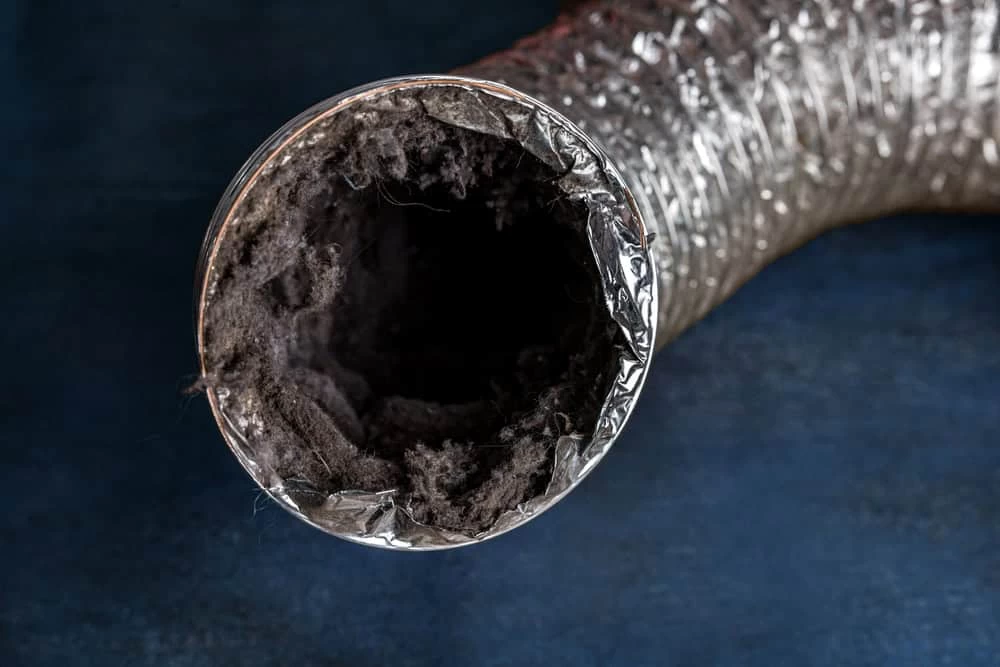Now Serving Reno and Surrounding Areas
Now Serving Reno and Surrounding Areas
Professional dryer vent cleaning that eliminates fire hazards, reduces energy bills, and gets your dryer working like new again.

Hear from Our Customers

Your clothes dry faster. Your energy bills drop. That burning smell disappears, and you stop worrying about dryer fires every time you run a load.
Most homeowners don’t realize their dryer is working three times harder than it should. When lint clogs your vent system, your dryer can’t exhaust hot, moist air properly. It overheats, cycles longer, and creates a serious fire risk.
After professional dryer vent cleaning, you’ll notice the difference immediately. Clothes that used to take two or three cycles now dry completely in one. Your dryer runs cooler and quieter. The lint that was building up in places you couldn’t reach is completely gone.
Home Safe Air Duct & Dryer Vent Cleaning has been serving Trevarno and the greater Sacramento area for years. We understand the unique challenges of California homes, from longer vent runs in older houses to the lint buildup that happens in our dry climate.
Our team is licensed and insured, using professional-grade equipment that removes lint and debris homeowners can’t reach on their own. We’ve seen what happens when dryer vents go uncleaned for years, and we know how to fix it right the first time.
Every technician arrives prepared to handle whatever we find in your vent system, from simple lint buildup to damaged ductwork that needs attention.

First, we inspect your entire dryer vent system from the dryer connection to the exterior vent. We check for damage, blockages, and areas where lint has accumulated over time.
Next, we disconnect your dryer and use powerful vacuum equipment combined with rotating brushes to remove all lint and debris from the ductwork. This isn’t the same as cleaning your lint trap – we’re cleaning the entire pathway that air travels through your vent system.
We also clean the dryer’s internal components where lint accumulates, check that your exterior vent flap opens and closes properly, and reconnect everything securely. Before we finish, we test your dryer to make sure airflow is restored and everything is working efficiently.
The whole process typically takes 60 to 90 minutes, and you can use your dryer immediately after we’re done.

Ready to get started?
Every dryer vent cleaning includes the complete vent system from your dryer to the outside of your home. We clean the dryer connection, all ductwork, and the exterior vent. We also remove lint buildup from inside your dryer where it accumulates around heating elements and sensors.
In Trevarno homes, we often find vent runs that are longer than average, which means more places for lint to build up. We’ve cleaned vents that hadn’t been serviced in over a decade, pulling out enough lint to fill multiple garbage bags. That’s not unusual – it’s what happens when dryer vents go uncleaned.
We also check for common problems like crushed or disconnected ductwork, improper vent terminations, and damaged exterior vent flaps that let cold air back into your home. If we find issues that affect safety or efficiency, we’ll explain what needs attention and provide honest recommendations.

Contact HomeSafe Air Duct & Dryer Vent Cleaning Services
Our team is here to help you refresh your space with clean vents. Get started today with a free estimate.